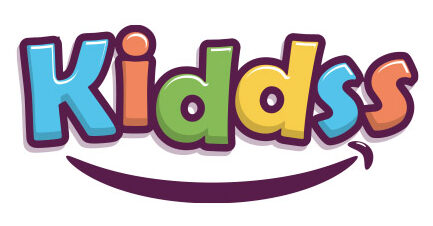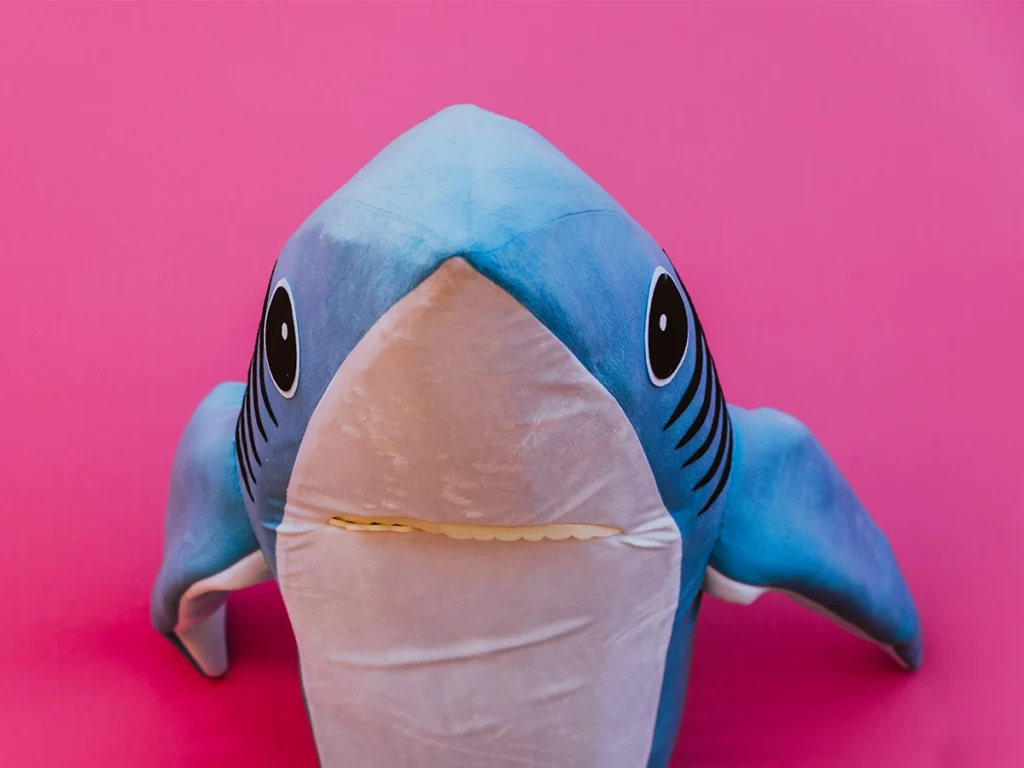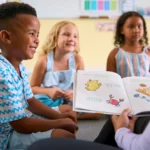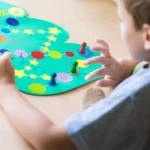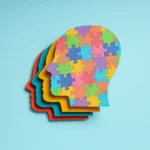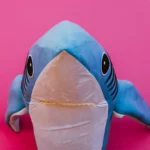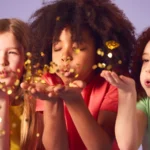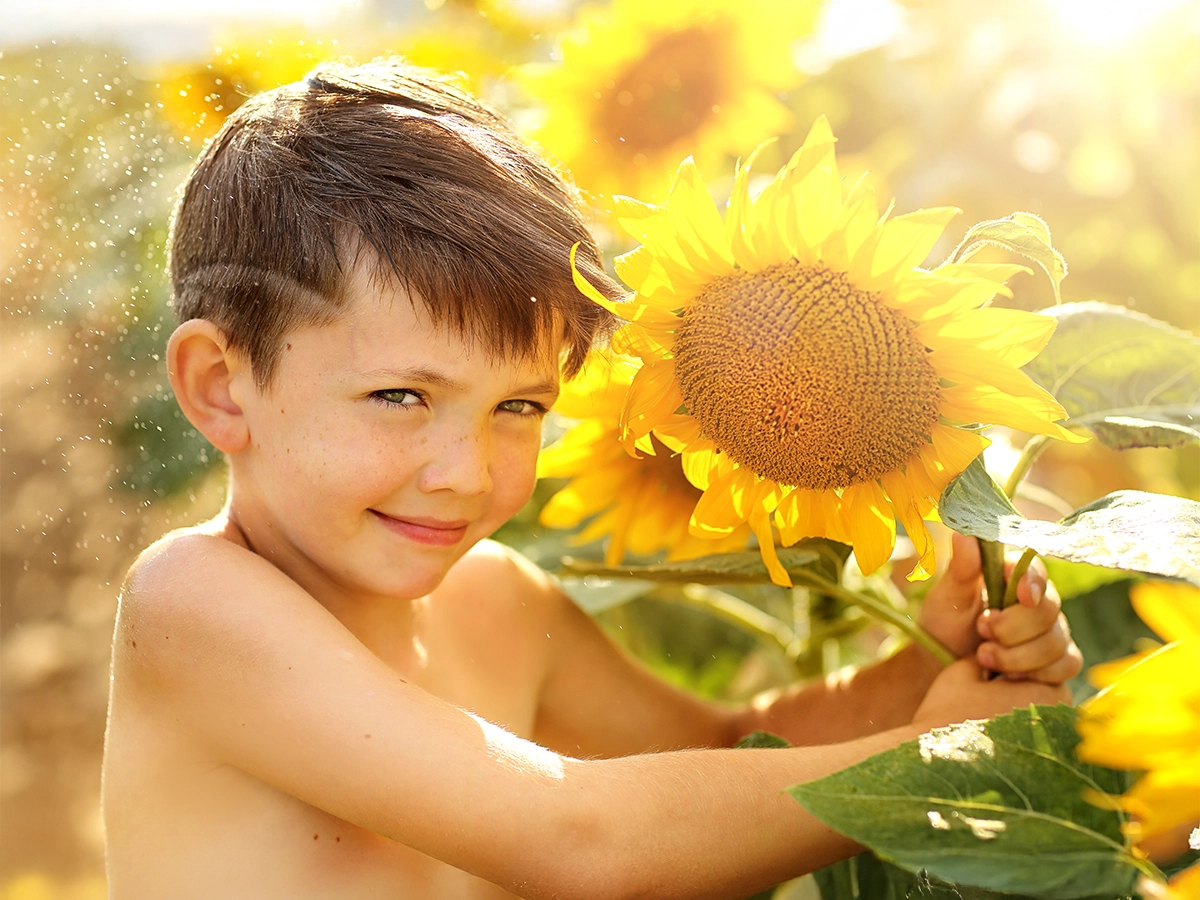If you’re a parent, caregiver, or even a teacher, chances are you’ve heard the iconic “doo doo doo doo doo doo” more times than you can count. The children’s song Baby Shark is a global sensation that has captivated millions of young minds — and driven a few grown-ups mildly bonkers. But why do kids love this song so much? And more importantly, is it doing more good than you think?
Let’s dive into the fascinating psychology and developmental benefits behind children’s love for catchy, repetitive songs like Baby Shark — and how you can use these songs to support early learning.
The Power of Repetition in Early Childhood
Children, especially toddlers and preschoolers, thrive on repetition. Hearing the same words, rhythms, and melodies helps them build language skills, memory, and emotional regulation.
Songs like Baby Shark use:
- Predictable lyrics
- Simple melodies
- Repeating phrases
- Catchy hand motions
These features aren’t random—they’re development tools in disguise.
Why Baby Shark Works So Well
Here are a few specific reasons songs like Baby Shark are irresistible to kids:
1. Predictable Structure
Children love to know what’s coming next. Baby Shark follows a predictable pattern with repeating lines and phrases. This predictability gives kids a sense of control and satisfaction.
2. Call-and-Response Style
The song’s call-and-response format engages children and invites them to sing along, encouraging active participation rather than passive listening.
3. Movement-Based Learning
With associated hand motions (like mimicking the shark jaws), the song taps into kinesthetic learning—a vital part of early education. This makes the song not just fun but physically engaging.
4. Bright Visuals and Characters
From colorful underwater scenes to lovable characters (baby shark, mommy shark, etc.), the animated video version is visually stimulating, which helps sustain attention in young kids.
✨ You can watch a fun version of Baby Shark on our channel here:
➤ Click to watch Baby Shark video
The Role of Music in Early Learning
Music plays a huge role in child development. Repetitive songs help with:
- Vocabulary building
- Pronunciation and phonics
- Memory retention
- Social bonding during group singing or dancing
- Learning sequencing and order
Even babies respond to rhythm and melody long before they can speak.
Balancing Entertainment and Education
While catchy tunes are great for learning, moderation is key. Experts recommend that screen time (including videos of songs) be balanced with other interactive activities like storytelling, imaginative play, and outdoor exploration.
Here are some healthy ways to incorporate Baby Shark and similar songs:
✅ Create a Dance Party
Make it a part of your child’s play routine. Play Baby Shark during dance time to encourage gross motor development.
✅ Use It to Teach Sequencing
Ask your child what comes next in the song. This helps with memory and logical thinking.
✅ Sing Before Bed
Use a softer, calmer version as part of a bedtime routine. Singing together creates emotional bonding.
Parents’ Perspective: Love It or Hate It?
Let’s be honest—many parents find the repetition exhausting. But knowing that your child is building important brain connections, vocabulary, and musical appreciation can make it a little easier to hear that tune on repeat.
Plus, kids eventually grow out of it… and find the next viral song!
Educational Alternatives to Baby Shark
If you’re looking to expand your child’s musical playlist, here are a few educational and fun alternatives:
- “Wheels on the Bus” – teaches sequencing and vehicle-related vocabulary
- “Head, Shoulders, Knees, and Toes” – great for body part identification
- “If You’re Happy and You Know It” – encourages emotional awareness and actions
- KIDDSS Original Songs like Giggle Parade or Dance Party – fun, movement-based, and rhyme-filled
These songs follow the same successful structure of repetition, melody, and rhythm.
How to Use Songs to Bond With Your Child
Songs like Baby Shark don’t just entertain — they offer moments of joyful connection. Here’s how to turn a viral tune into something more meaningful:
- Sing together in the car or during chores
- Encourage your child to come up with their own lyrics
- Use it to introduce topics like ocean animals, family members, or counting
For example:
🦈 “Can you name other animals in the ocean?”
🦈 “How many sharks are in the song?”
What Experts Say
Child psychologists and educators agree: repetitive songs help build neural pathways in young children. According to Dr. Sandra Calvert, director of the Children’s Digital Media Center, “Songs that are simple, rhythmic, and repeatable allow children to learn language and social cues in a fun and engaging way.”
Final Thoughts
Whether you love it or merely tolerate it, Baby Shark has earned its place as a childhood classic. And now you know—it’s doing more than just sticking in your head. It’s supporting your child’s learning, memory, and joy.
Use it wisely. Add variety. Make it interactive. And most of all — enjoy these silly, musical moments together.
⚠️ Caution for Parents
- Limit screen exposure to age-appropriate times (follow WHO guidelines)
- Avoid overstimulation — take breaks between video sessions
- Always supervise young children during screen use
💬 Have a Story to Share?
If you’d like to submit your own story or share feedback, contact us at:
📩 info@kiddss.com
